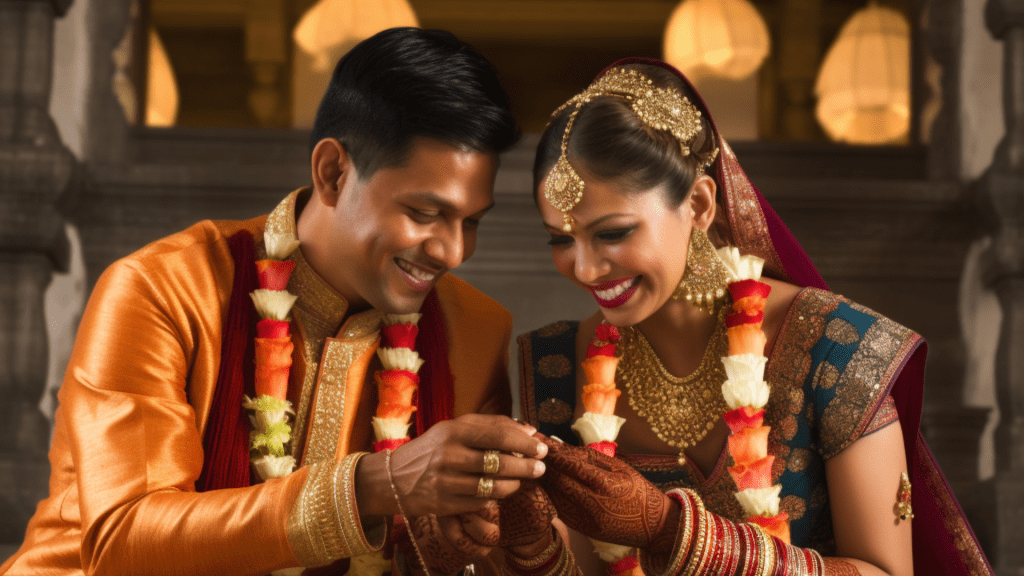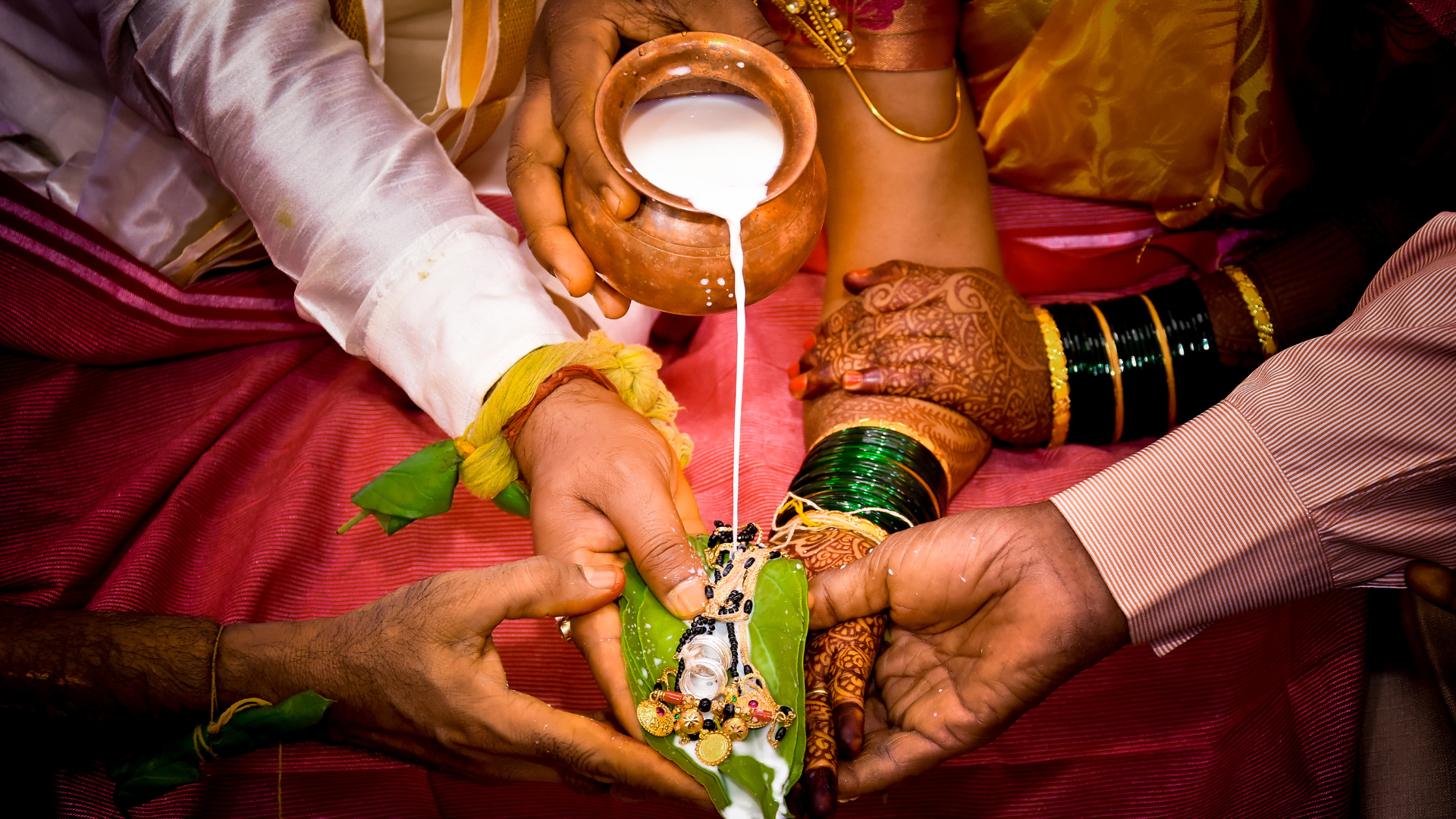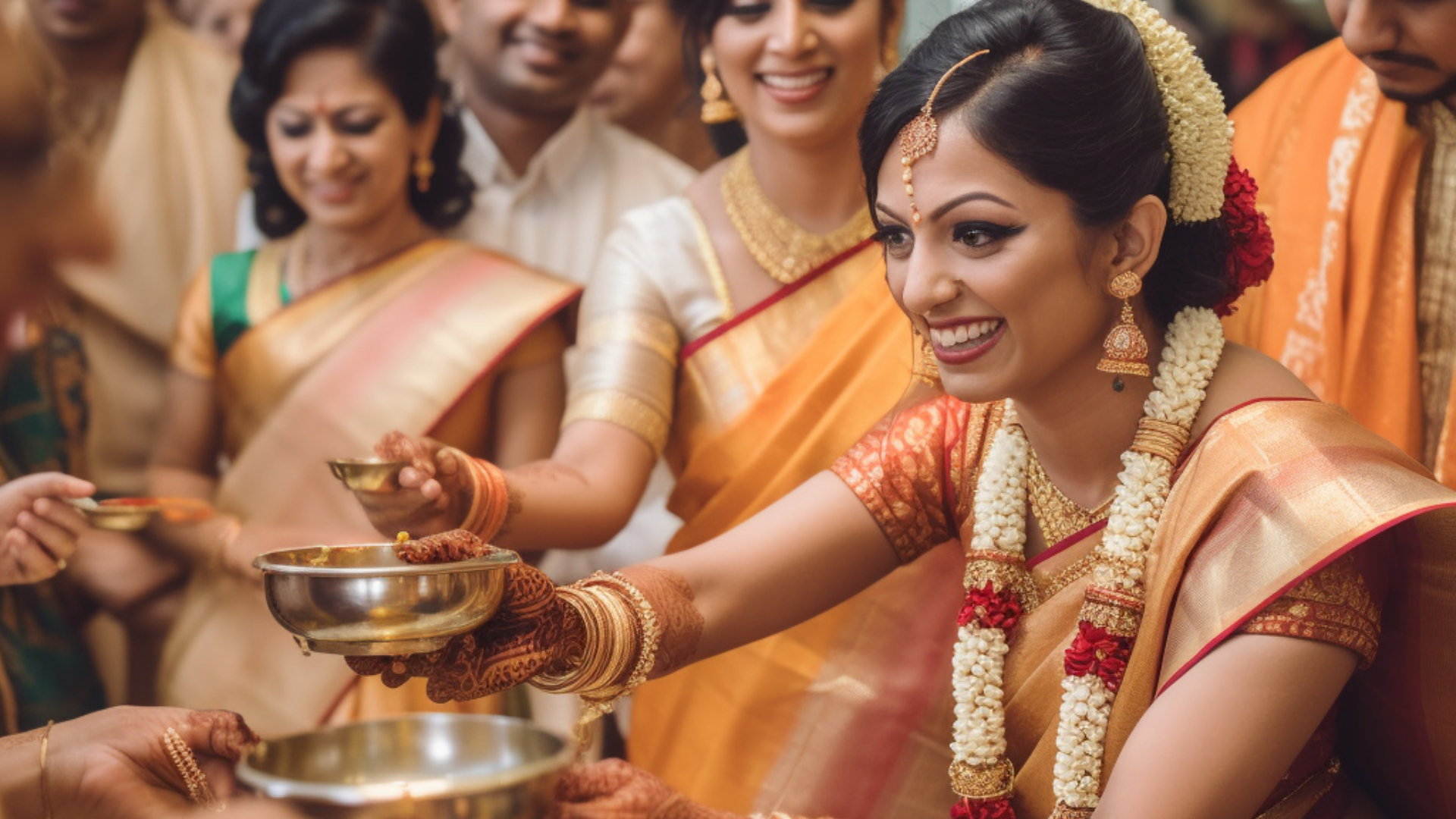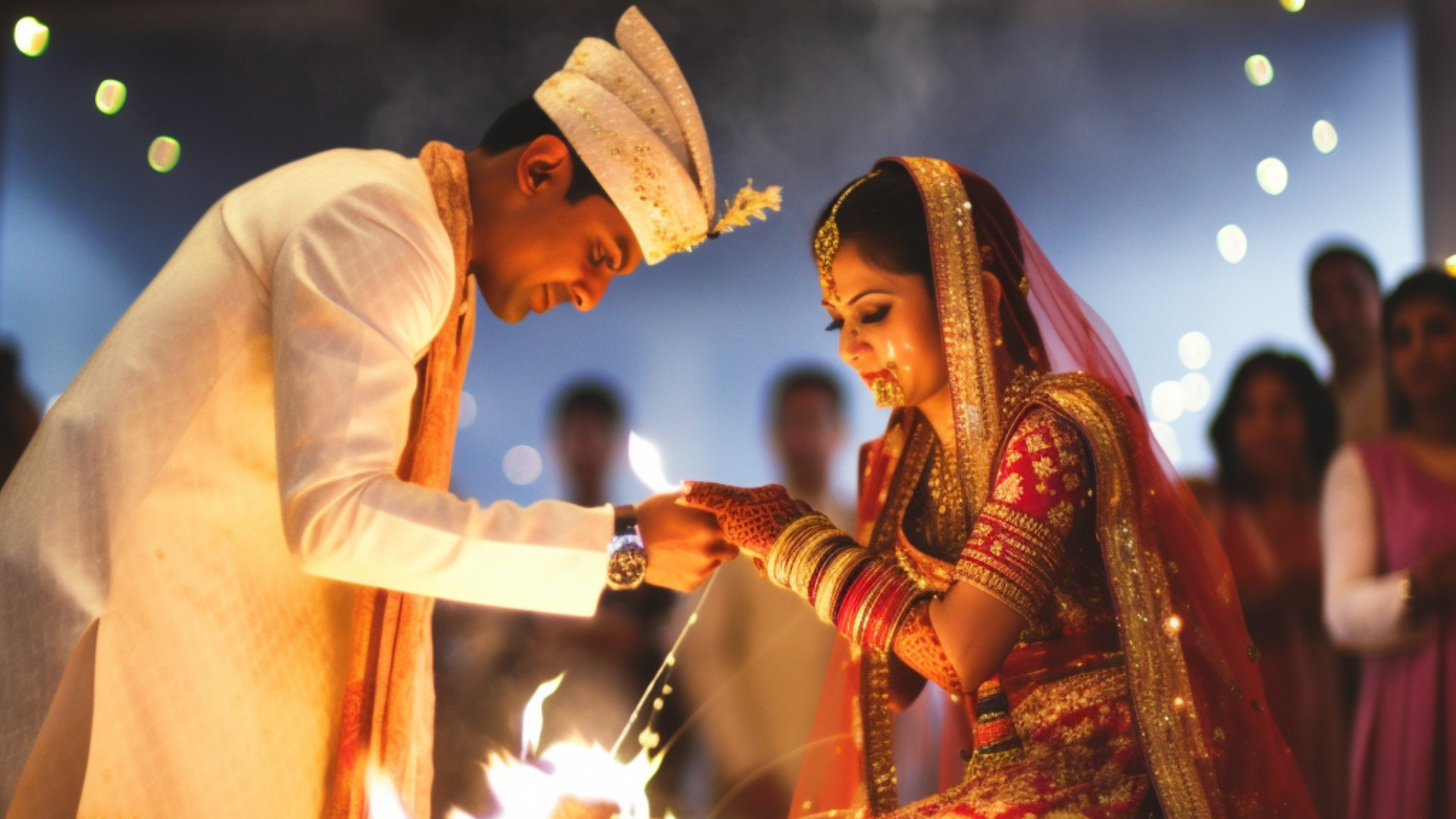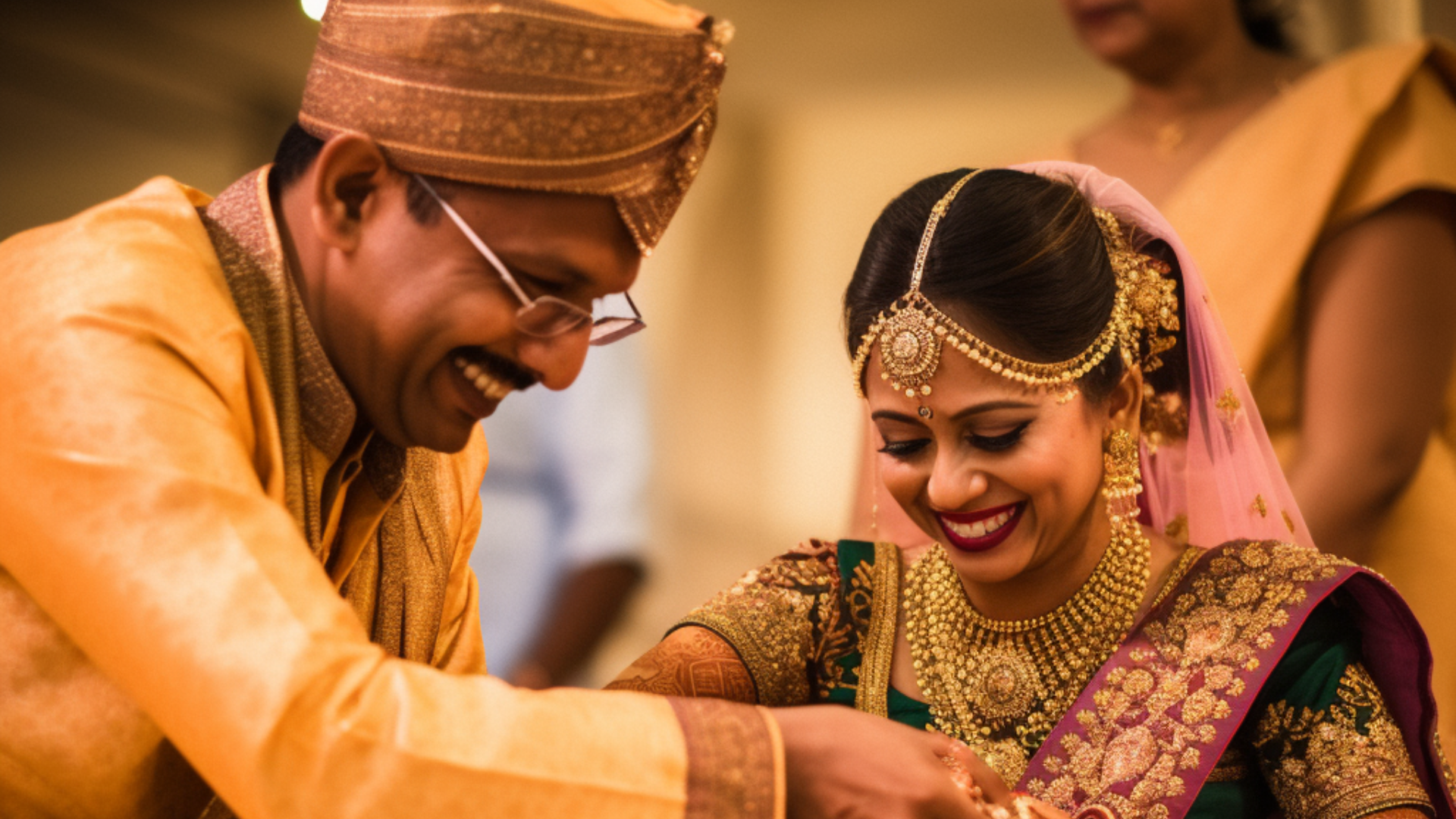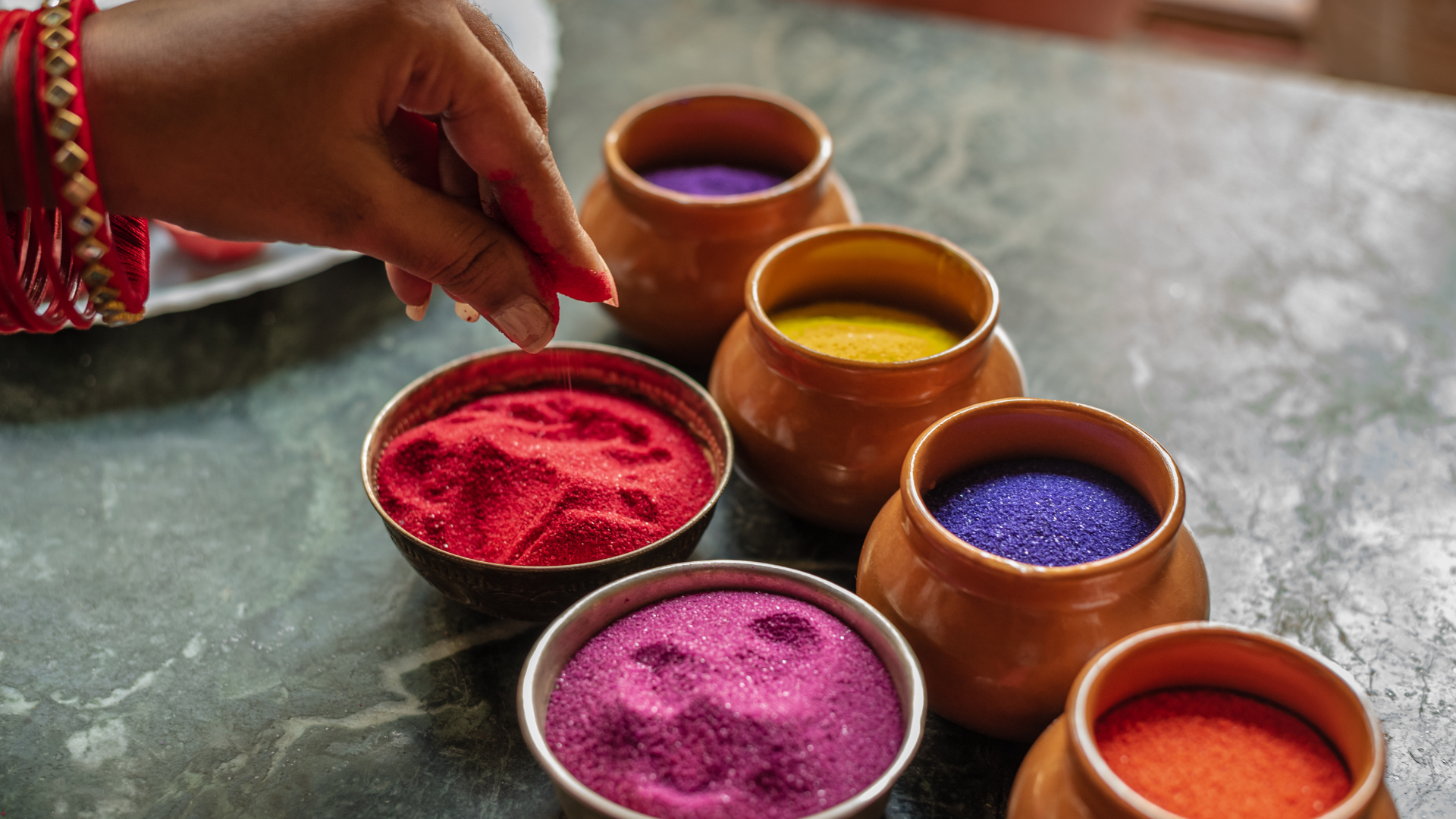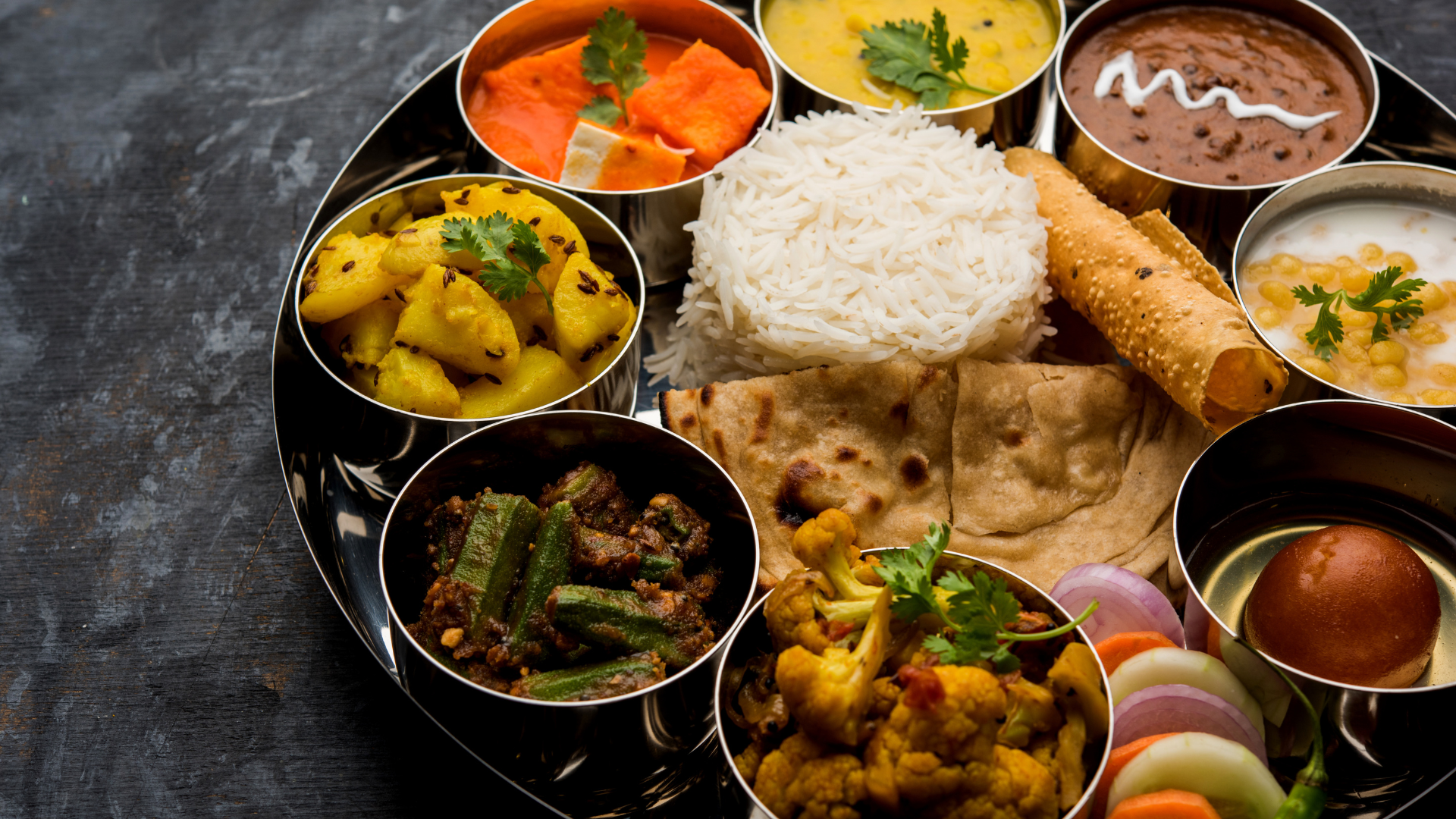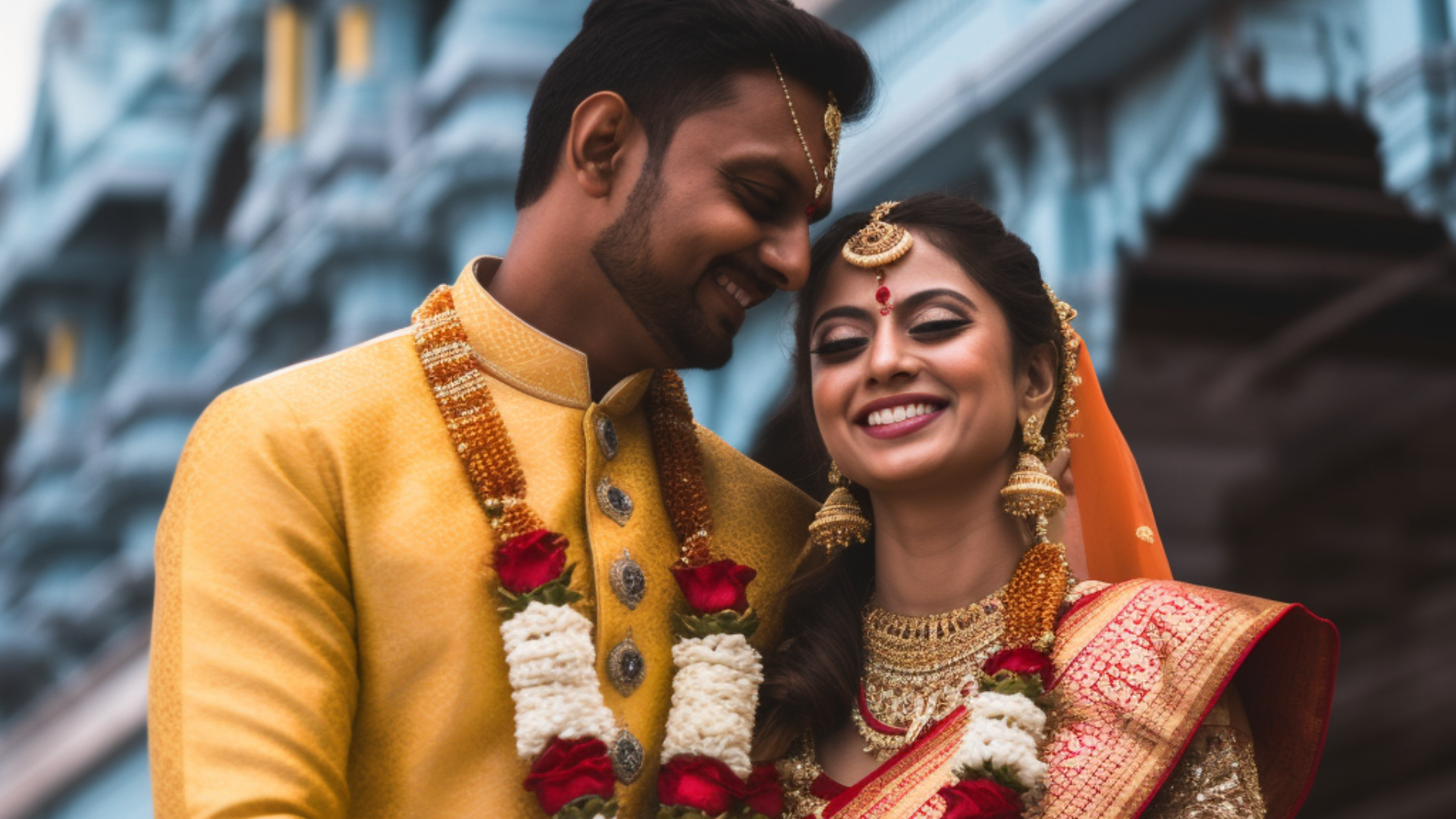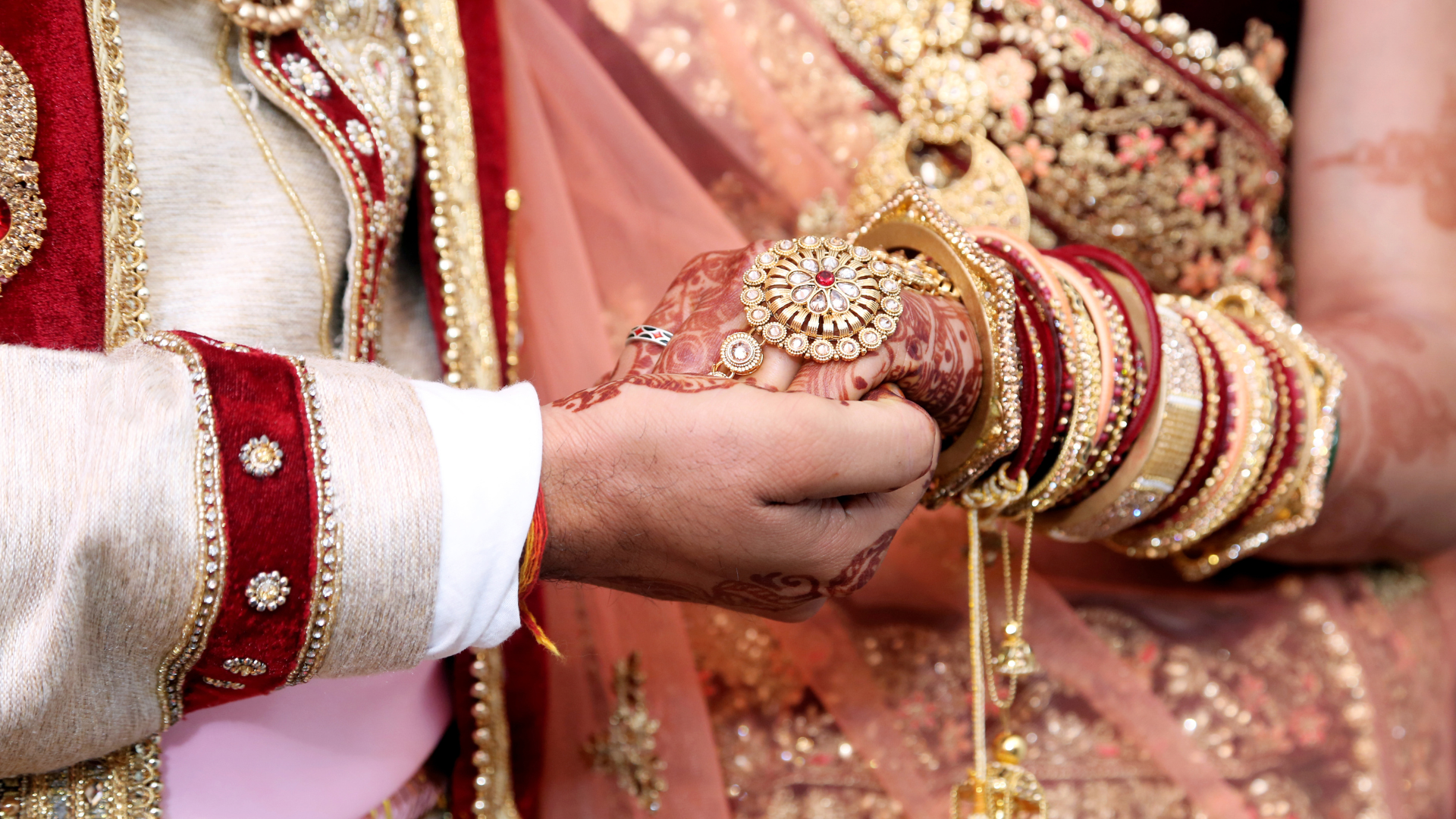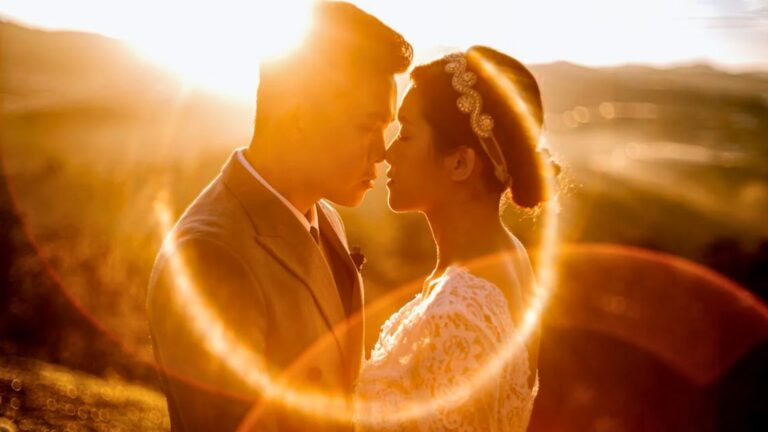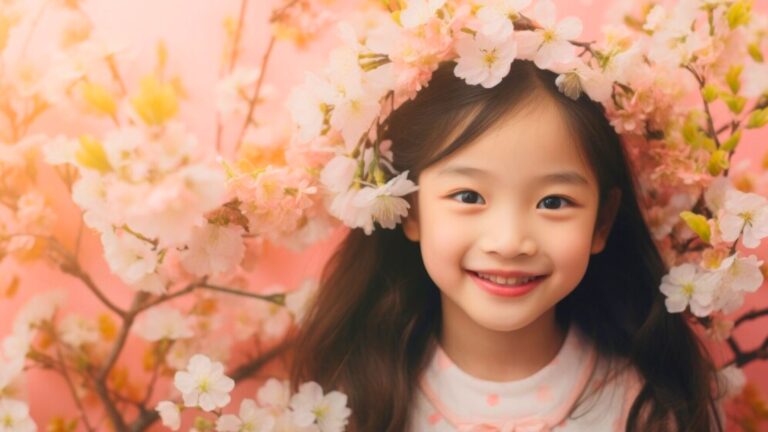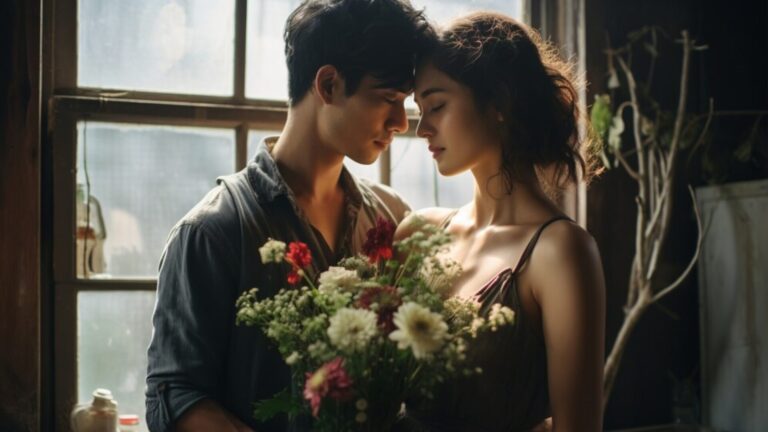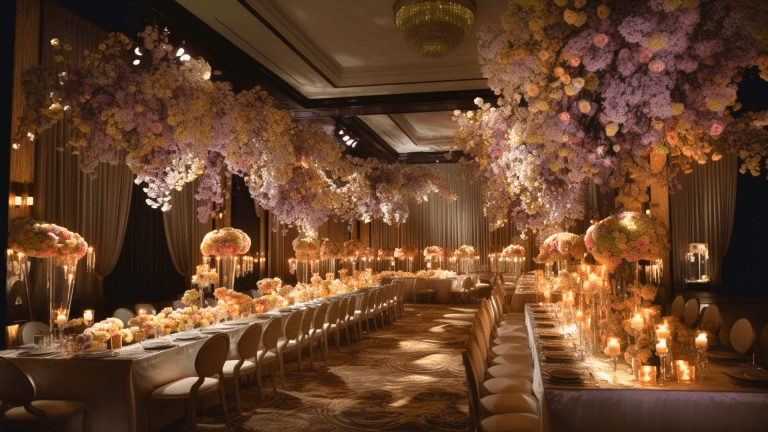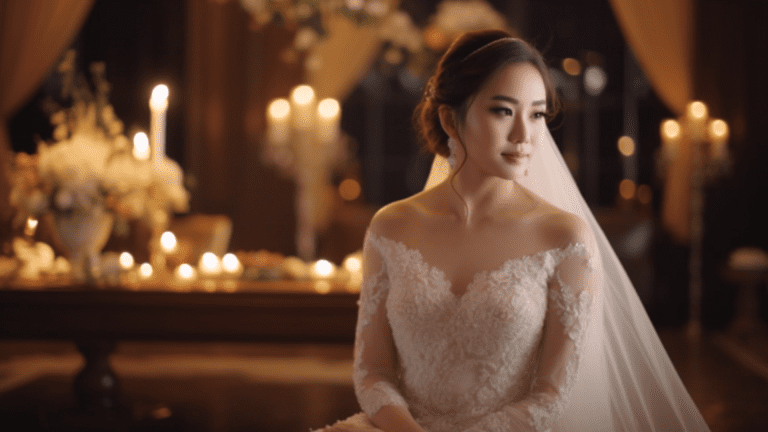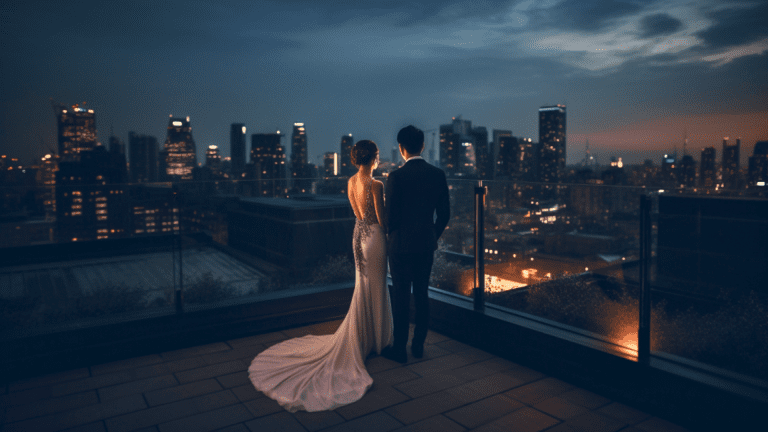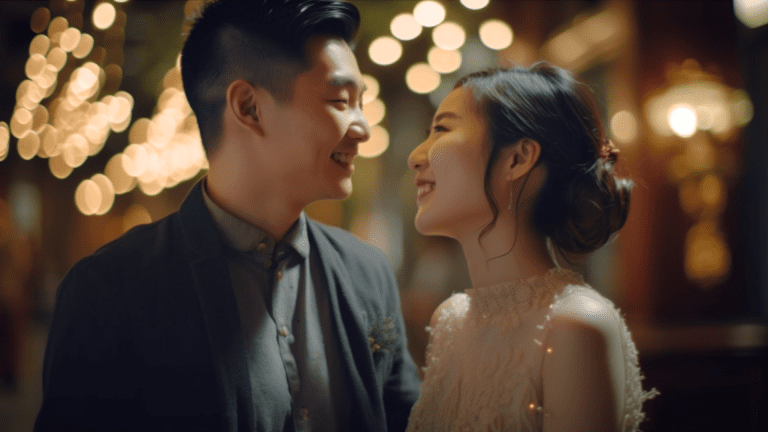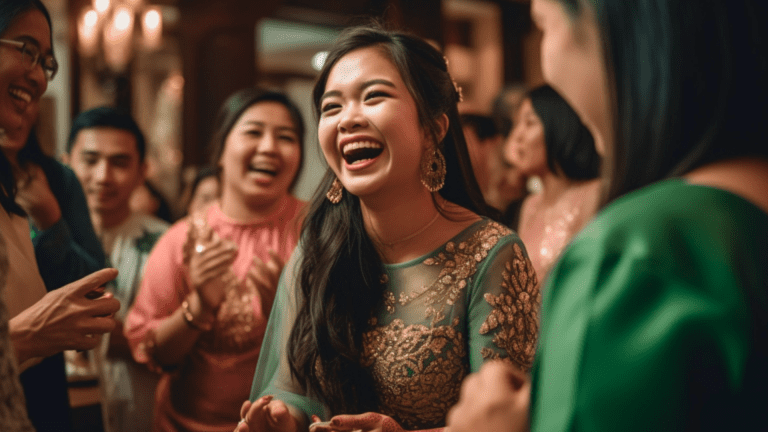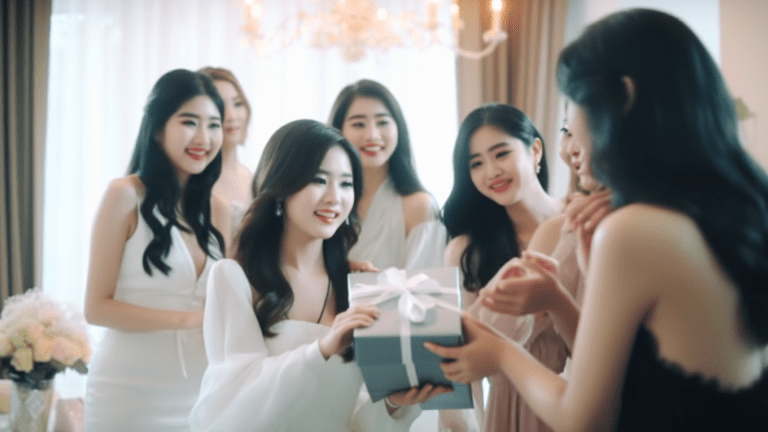Every wedding is blessed by the beautiful celebration of love and commitment and Indian weddings are no exception. With their rich cultural heritage and diverse traditions, Indian weddings tradition are a sight to behold. From the elaborate ceremonies to the colourful attire and mouth watering cuisine, Indian weddings are a feast for the senses. Let’s explore the mystery of Indian culture and customs that make Indian weddings unique.
Indian weddings are known for their grandeur, extravagance, and religious significance. They are not just a union of two individuals but also a union of two families. Indian weddings are a one-day affair and a week-long celebration comprising various ceremonies and rituals. The wedding ceremony is not just about the bride and groom exchanging vows but also about the families coming together and forming a bond that will last a lifetime.
The Significance of Indian Wedding Traditions
Indian wedding traditions are deeply rooted in the country’s rich cultural heritage and religious beliefs. Indian wedding traditions pay homage to one’s ancestors and seek blessings and get a happy and prosperous married life. Each ritual and ceremony has a specific significance and meaning. Everything has a purpose and is steeped in symbolism, from the pre-wedding rituals to the post-wedding ceremonies.
Hindu Wedding Ceremonies and Rituals
Hindu weddings are among the most elaborate and colourful weddings in the world. The wedding ceremony is performed before a sacred fire, considered a witness to the couple’s union. The ceremony comprises several rituals, including the Kanyadaan, where the bride’s father gives her away to the groom, and the Saat Phere, where the couple takes seven vows around the sacred fire. The wedding ceremony is concluded with the Sindoor and Mangalsutra ceremony, where the groom applies vermillion on the bride’s forehead and ties a sacred thread around her neck, symbolizing their union.
Pre-wedding Ceremonies and Rituals
Indian weddings are not just about the main wedding ceremony but also the various pre-wedding ceremonies leading up to the big day. These ceremonies prepare the bride and groom for their wedding day and seek God’s blessings for a happy and prosperous married life. Some popular pre-wedding ceremonies include the Haldi ceremony, where turmeric paste is applied to the bride and groom’s body, and the Mehendi ceremony, where intricate designs are drawn on the bride’s hands and feet using henna.
6 Pre-Marriage Rituals: An Inside Look at Indian Wedding Tradition
The Wedding Day – Customs and Traditions
The wedding day is the most significant day of the wedding week, full of customs and traditions. The bride and groom dress in their finest attire and exchange vows before their family and friends. The wedding day is also full of fun and games, with the bride’s family stealing the groom’s shoes and the groom’s family trying to steal the bride’s jewellery. The wedding day is concluded with a grand feast, where guests are served delicious Indian cuisine.
Post-wedding Rituals and Ceremonies
Indian weddings are not just about the main ceremony but also the various post-wedding rituals and ceremonies. These ceremonies extend the celebrations and seek blessings for a happy and prosperous married life. Some popular post-wedding rituals include the Vidaai ceremony, where the bride bids farewell to her family and sets off to her new home, and the Griha Pravesh ceremony, where the bride enters her new home for the first time.
The Importance of Colors in Indian Weddings
Colours play a significant role in Indian weddings. Each colour has a specific significance and meaning. Red is considered the colour of love and passion, while yellow is the colour of happiness and prosperity. The bride typically wears a red or maroon-coloured lehenga, while the groom wears a sherwani in shades of gold and white. The wedding venue is also decorated in bright colours, adding to the festive atmosphere.
Indian Wedding Attire - Customs and Significance
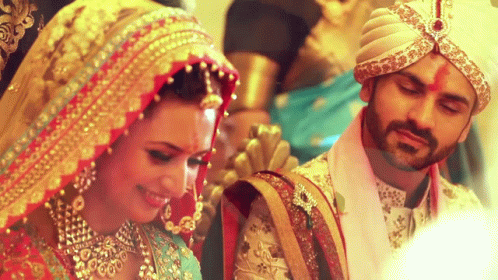
Indian wedding attire is known for its colourful and intricate designs. The bride typically wears a lehenga, a long skirt, a matching blouse, and a dupatta. The groom wears a sherwani, a long coat-like garment with tight-fitting pants. The attire is usually made of silk or other luxurious fabrics and is adorned with intricate embroidery and embellishments. Indian wedding attire is a way of showcasing the country’s rich cultural heritage and craftsmanship.
Indian Wedding Food and Cuisine
Indian weddings are known for their mouthwatering cuisine. The food is usually buffet-style, with guests helping themselves with their favourite dishes. The wedding feast typically comprises several dishes: biryani, butter chicken, dal makhani, and naan. Indian weddings are also known for their sweets, including gulab jamun and rasgulla.
Traditional Indian Wedding Food Menu Ideas for the Perfect Hindu Celebration
Understanding the Diverse Cultures and Traditions in Indian Weddings
India is a diverse country, and each region has its own unique traditions and applies the traditional culture to weddings. For example, a traditional Malay wedding is different from a traditional North Indian wedding. It is essential to understand the diverse cultures and traditions in Indian weddings to appreciate and enjoy the celebrations fully.
Tips for Attending an Indian Wedding Ceremony
Attending an Indian wedding can be an overwhelming experience, especially if you are unfamiliar with the customs and traditions. When you attend an Indian Wedding, you should:
- Dress appropriately
- Be prepared to remove your shoes
- Familiarize yourself with the customs and traditions
- Be respectful of the religious sentiments
- Enjoy the festivities
Conclusion
Indian weddings are a celebration of love, commitment, and family. They are a beautiful and colourful display of the country’s rich cultural heritage and diverse traditions. From the elaborate ceremonies to the mouthwatering cuisine, Indian weddings are a feast for the senses. You can fully appreciate and enjoy the celebrations by understanding the various customs and traditions. So, if you are planning a wedding, consider incorporating traditional wedding themes or schedule it with 50Gram Wedding to amaze your friends and family.
Experience the joy of stress-free Indian wedding planning with 50Gram Wedding. Let their dedicated team of professionals take care of the logistics, allowing you to focus on what truly matters – cherishing the moments and creating unforgettable memories on your special day. Trust in their experience, network, and personalized approach, and let them transform your wedding dreams into a breathtaking reality.
FAQ
Some popular pre-wedding ceremonies in Indian weddings include the Haldi ceremony, where turmeric paste is applied to the bride and groom’s body, and the Mehendi ceremony, where intricate designs are drawn on the bride’s hands and feet using henna.
The main rituals in a Hindu wedding ceremony include the Kanyadaan, where the bride’s father gives her away to the groom, the Saat Phere, where the couple takes seven vows around the sacred fire; and the Sindoor and Mangalsutra ceremony, where the groom applies vermillion on the bride’s forehead and ties a sacred thread around her neck.
Some post-wedding rituals and ceremonies in Indian weddings include the Vidaai ceremony, where the bride bids farewell to her family and sets off to her new home, and the Griha Pravesh ceremony, where the bride enters her new home for the first time.
Colors play a significant role in Indian weddings. Red is the colour of love and passion, while yellow symbolizes happiness and prosperity. The bride typically wears a red or maroon-coloured lehenga, and the groom wears a sherwani in shades of gold and white. The wedding venue is also decorated in bright colours, adding to the festive atmosphere.
When attending an Indian wedding ceremony, it is advisable to dress appropriately, be prepared to remove your shoes, familiarize yourself with customs and traditions, be respectful of religious sentiments, and most importantly, enjoy the festivities.

